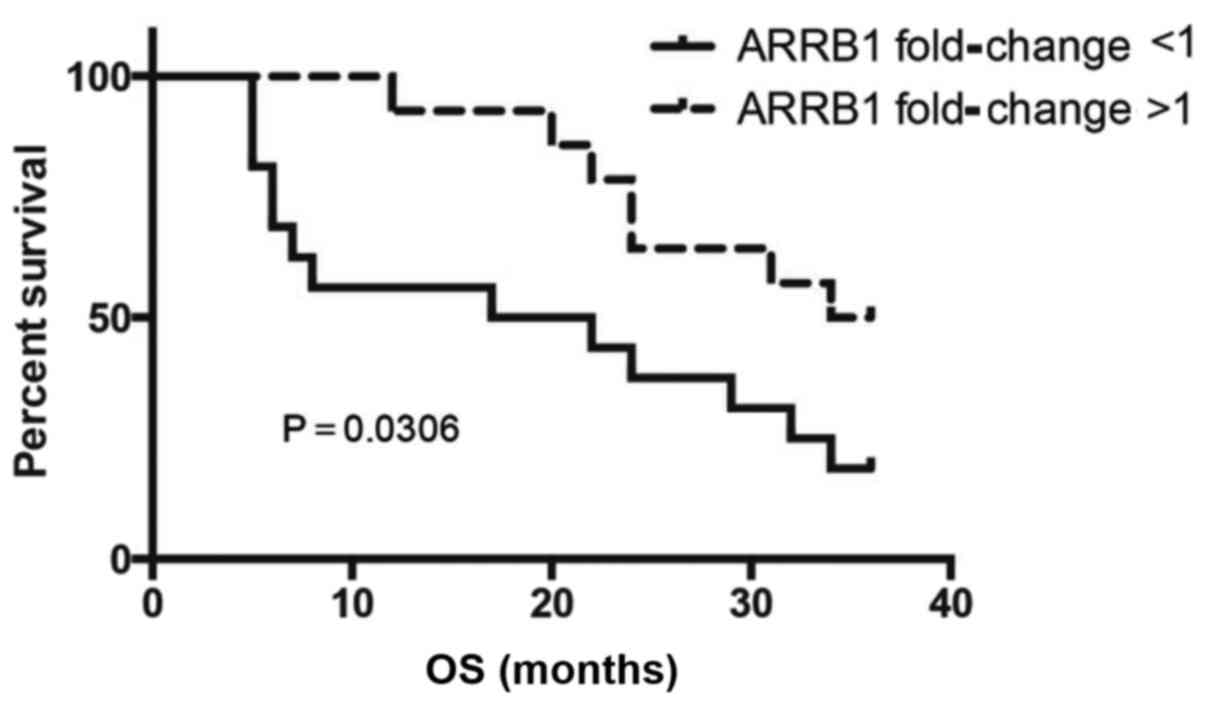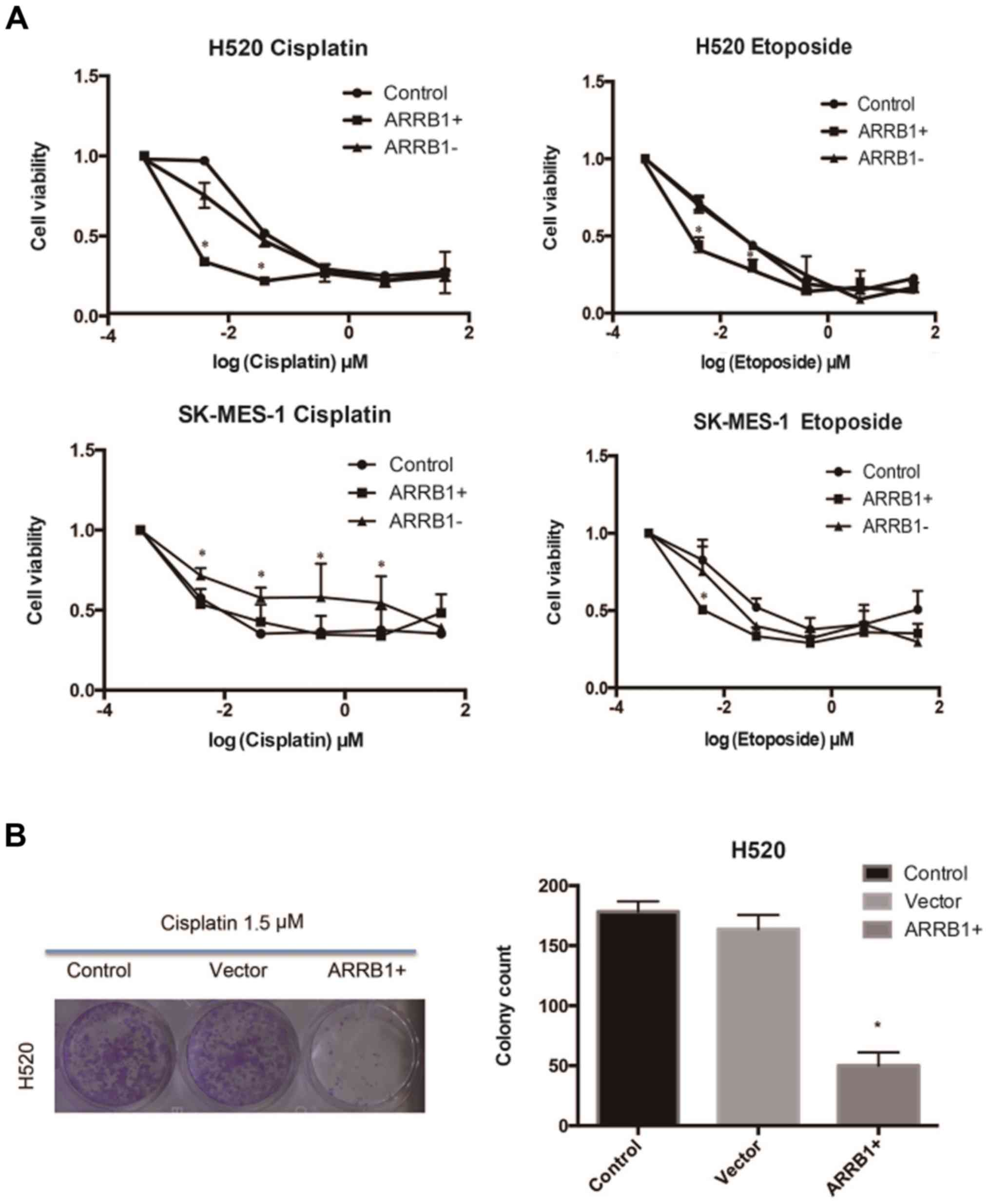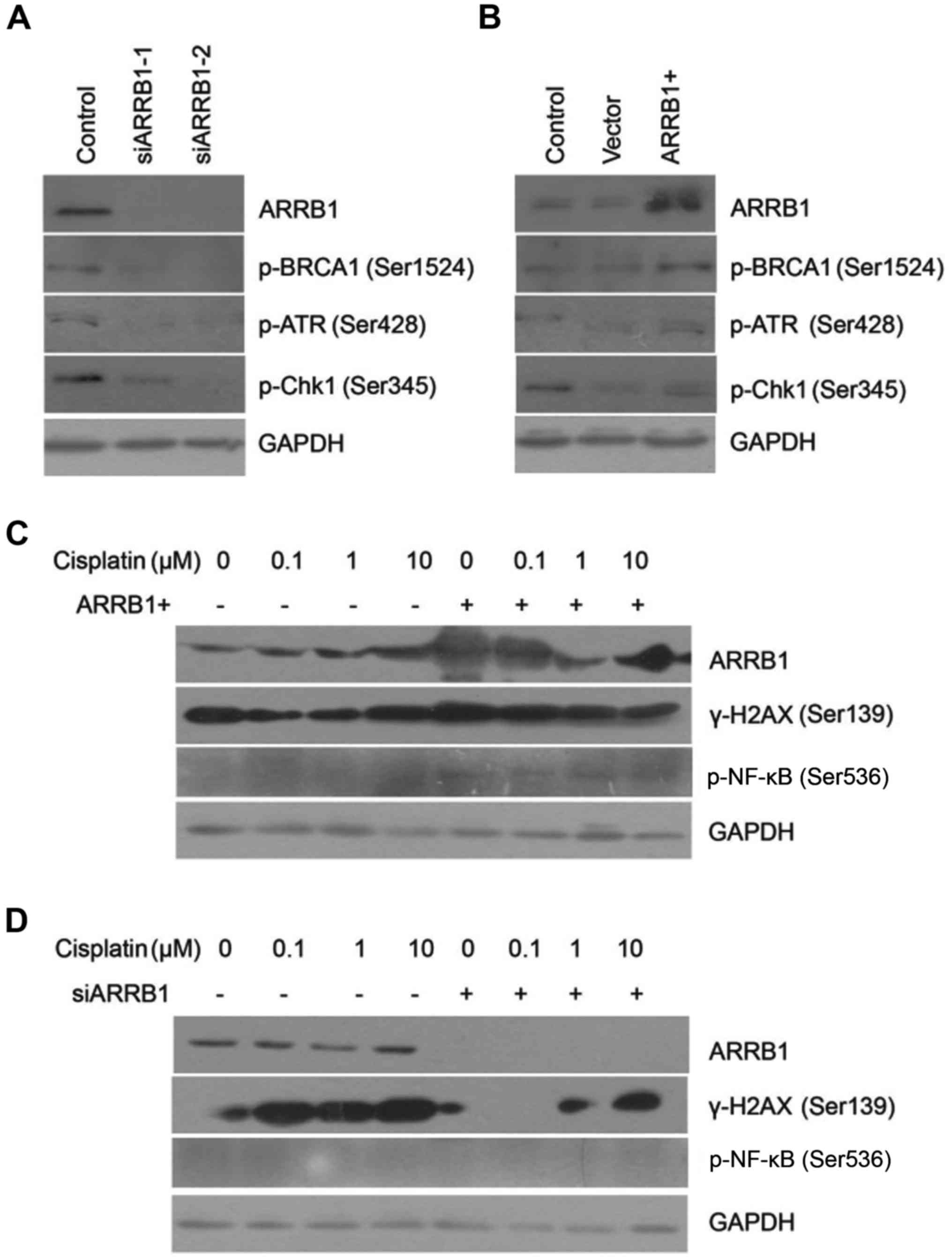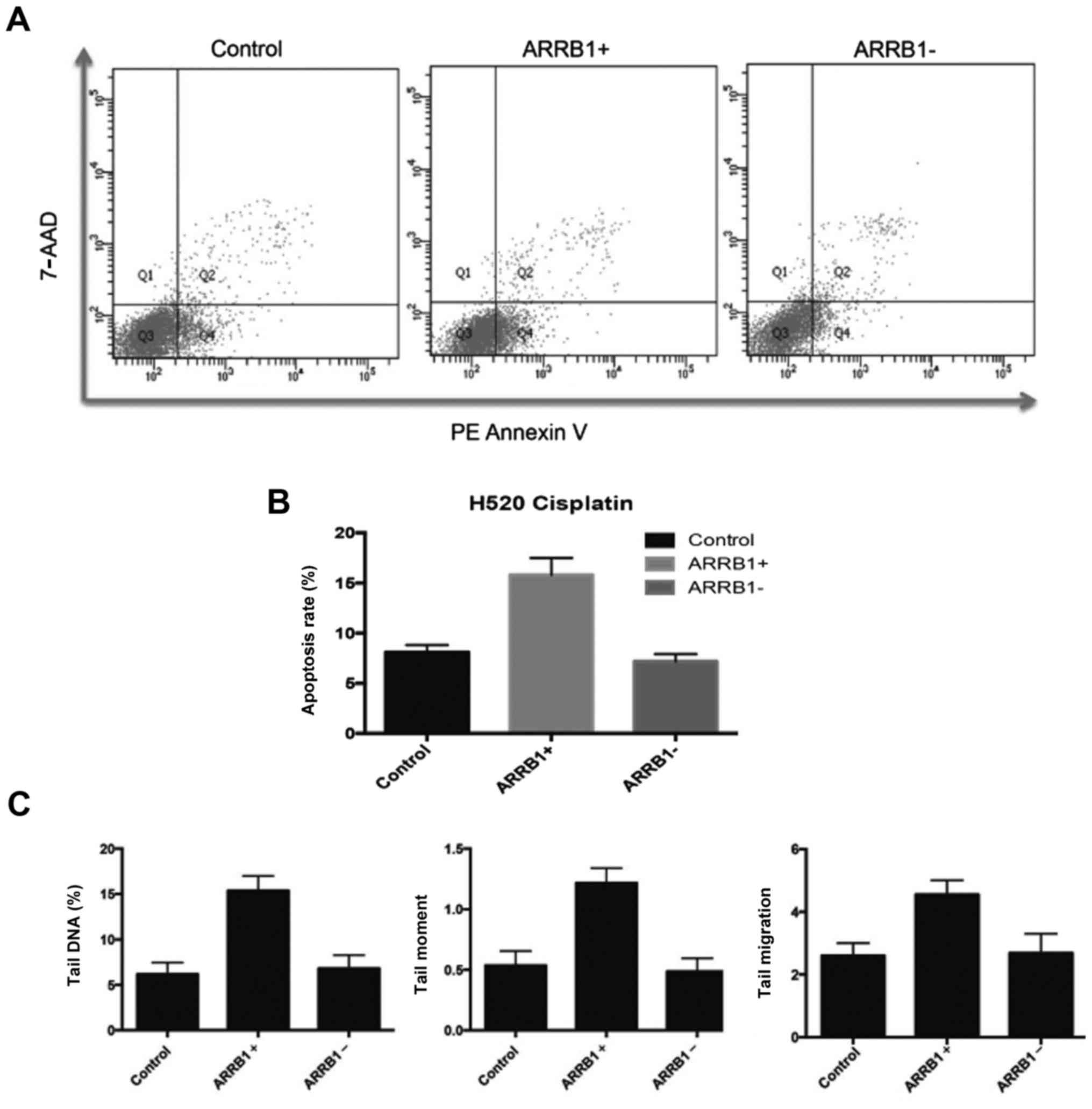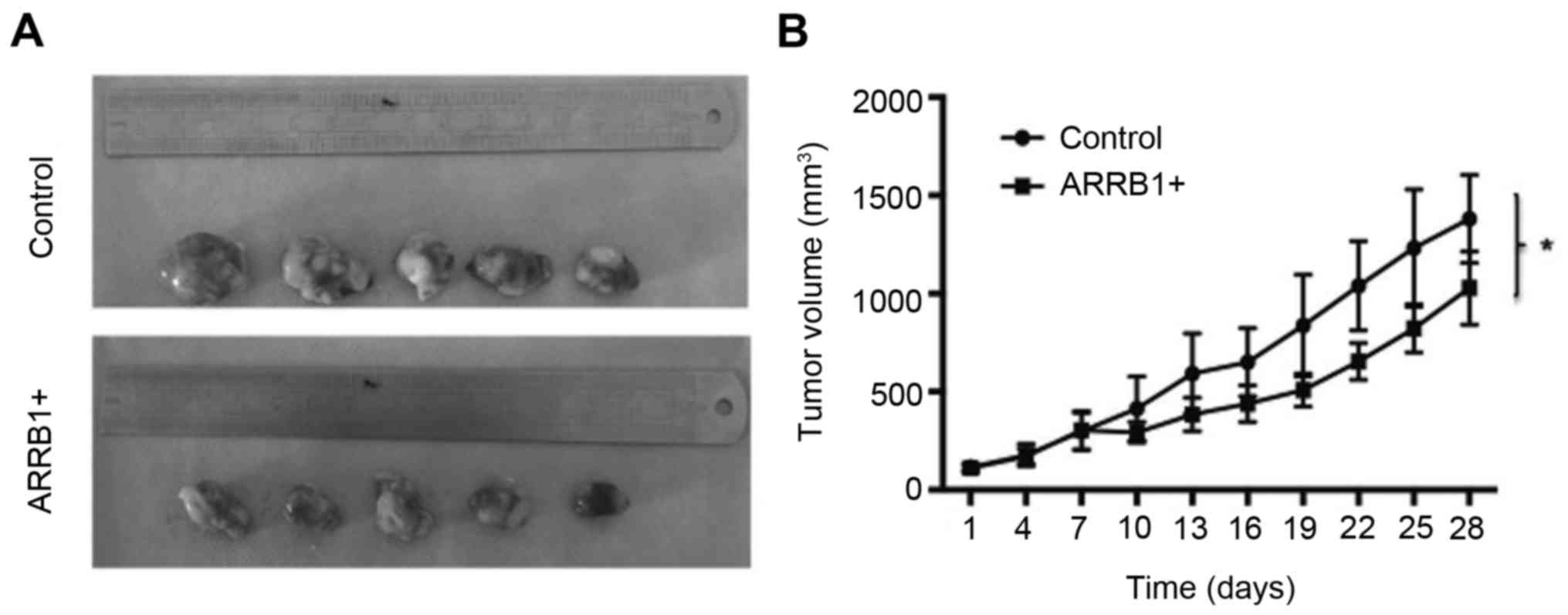|
1
|
Siegel RL, Miller KD and Jemal A: Cancer
statistics, 2015. CA Cancer J Clin. 65:5–29. 2015. View Article : Google Scholar : PubMed/NCBI
|
|
2
|
Ferlay J, Soerjomataram I, Dikshit R, Eser
S, Mathers C, Rebelo M, Parkin DM, Forman D and Bray F: Cancer
incidence and mortality worldwide: sources, methods and major
patterns in GLOBOCAN 2012. Int J Cancer. 136:E359–E386. 2015.
View Article : Google Scholar : PubMed/NCBI
|
|
3
|
Jin F, Zhu H, Shi F, Kong L and Yu J: A
retrospective analysis of safety and efficacy of weekly
nab-paclitaxel as second-line chemotherapy in elderly patients with
advanced squamous non-small-cell lung carcinoma. Clin Interv Aging.
11:167–173. 2016.PubMed/NCBI
|
|
4
|
Tan HL, Ang YL and Soo RA: Therapeutic
options in advanced squamous cell lung carcinoma. Lung Cancer.
4:75–86. 2015.
|
|
5
|
Koutsoukos K and Mountzios G: Novel
therapies for advanced squamous cell carcinoma of the lung. Future
Oncol. 12:659–667. 2016. View Article : Google Scholar : PubMed/NCBI
|
|
6
|
Cufer T and Knez L: Update on systemic
therapy of advanced non-small-cell lung cancer. Expert Rev
Anticancer Ther. 14:1189–1203. 2014. View Article : Google Scholar : PubMed/NCBI
|
|
7
|
Rothschild SI: Advanced and metastatic
lung cancer - what is new in the diagnosis and therapy? Praxis.
104:745–750. 2015.(In German). View Article : Google Scholar : PubMed/NCBI
|
|
8
|
Hosoya N and Miyagawa K: Targeting DNA
damage response in cancer therapy. Cancer Sci. 105:370–388. 2014.
View Article : Google Scholar : PubMed/NCBI
|
|
9
|
Jackson SP and Bartek J: The DNA-damage
response in human biology and disease. Nature. 461:1071–1078. 2009.
View Article : Google Scholar : PubMed/NCBI
|
|
10
|
Ciccia A and Elledge SJ: The DNA damage
response: Making it safe to play with knives. Mol Cell. 40:179–204.
2010. View Article : Google Scholar : PubMed/NCBI
|
|
11
|
Lefkowitz RJ and Whalen EJ:
beta-arrestins: Traffic cops of cell signaling. Curr Opin Cell
Biol. 16:162–168. 2004. View Article : Google Scholar : PubMed/NCBI
|
|
12
|
Lefkowitz RJ and Shenoy SK: Transduction
of receptor signals by beta-arrestins. Science. 308:512–517. 2005.
View Article : Google Scholar : PubMed/NCBI
|
|
13
|
Sobolesky PM and Moussa O: The role of
β-arrestins in cancer. Prog Mol Biol Transl Sci. 118:395–411. 2013.
View Article : Google Scholar : PubMed/NCBI
|
|
14
|
Ma H, Wang L, Zhang T, Shen H and Du J:
Loss of β-arrestin1 expression predicts unfavorable prognosis for
non-small cell lung cancer patients. Tumour Biol. 37:1341–1347.
2016. View Article : Google Scholar : PubMed/NCBI
|
|
15
|
Hara MR, Kovacs JJ, Whalen EJ, Rajagopal
S, Strachan RT, Grant W, Towers AJ, Williams B, Lam CM, Xiao K, et
al: A stress response pathway regulates DNA damage through
β2-adrenoreceptors and β-arrestin-1. Nature.
477:349–353. 2011. View Article : Google Scholar : PubMed/NCBI
|
|
16
|
Hara MR, Sachs BD, Caron MG and Lefkowitz
RJ: Pharmacological blockade of a β2AR-β-arrestin-1
signaling cascade prevents the accumulation of DNA damage in a
behavioral stress model. Cell Cycle. 12:219–224. 2013. View Article : Google Scholar : PubMed/NCBI
|
|
17
|
van Engeland M, Nieland LJ, Ramaekers FC,
Schutte B and Reutelingsperger CP: Annexin V-affinity assay: A
review on an apoptosis detection system based on phosphatidylserine
exposure. Cytometry. 31:1–9. 1998. View Article : Google Scholar : PubMed/NCBI
|
|
18
|
Zembruski NC, Stache V, Haefeli WE and
Weiss J: 7-Aminoactinomycin D for apoptosis staining in flow
cytometry. Anal Biochem. 429:79–81. 2012. View Article : Google Scholar : PubMed/NCBI
|
|
19
|
Patra B, Peng CC, Liao WH, Lee CH and Tung
YC: Drug testing and flow cytometry analysis on a large number of
uniform sized tumor spheroids using a microfluidic device. Sci Rep.
6:210612016. View Article : Google Scholar : PubMed/NCBI
|
|
20
|
Fairbairn DW, Olive PL and O'Neill KL: The
comet assay: A comprehensive review. Mutat Res. 339:37–59. 1995.
View Article : Google Scholar : PubMed/NCBI
|
|
21
|
Maréchal A and Zou L: DNA damage sensing
by the ATM and ATR kinases. Cold Spring Harb Perspect Biol.
5:a0127162013. View Article : Google Scholar : PubMed/NCBI
|
|
22
|
Cheng Q and Chen J: Mechanism of p53
stabilization by ATM after DNA damage. Cell Cycle. 9:472–478. 2010.
View Article : Google Scholar : PubMed/NCBI
|
|
23
|
Zhou BB and Elledge SJ: The DNA damage
response: Putting checkpoints in perspective. Nature. 408:433–439.
2000. View
Article : Google Scholar : PubMed/NCBI
|
|
24
|
Kook S, Zhan X, Cleghorn WM, Benovic JL,
Gurevich VV and Gurevich EV: Caspase-cleaved arrestin-2 and BID
cooperatively facilitate cytochromec release and cell death. Cell
Death Differ. 21:172–184. 2014. View Article : Google Scholar : PubMed/NCBI
|
|
25
|
Xiao K, McClatchy DB, Shukla AK, Zhao Y,
Chen M, Shenoy SK, Yates JR III and Lefkowitz RJ: Functional
specialization of β-arrestin interactions revealed by proteomic
analysis. Proc Natl Acad Sci USA. 104:12011–12016. 2007. View Article : Google Scholar : PubMed/NCBI
|
|
26
|
Bernal-Mizrachi L, Lovly CM and Ratner L:
The role of NF-κB-1 and NF-κB-2-mediated resistance to apoptosis in
lymphomas. Proc Natl Acad Sci USA. 103:9220–9225. 2006. View Article : Google Scholar : PubMed/NCBI
|
|
27
|
Cianfrocca R, Tocci P, Semprucci E,
Spinella F, Di Castro V, Bagnato A and Rosanò L: β-Arrestin 1 is
required for endothelin-1-induced NF-κB activation in ovarian
cancer cells. Life Sci. 118:179–184. 2014. View Article : Google Scholar : PubMed/NCBI
|
|
28
|
Yu J, Wang L, Zhang T, Shen H, Dong W, Ni
Y and Du J: Co-expression of β-arrestin1 and NF-кB is associated
with cancer progression and poor prognosis in lung adenocarcinoma.
Tumour Biol. 36:6551–6558. 2015. View Article : Google Scholar : PubMed/NCBI
|
|
29
|
Lundgren K, Tobin NP, Lehn S, Stål O,
Rydén L, Jirström K and Landberg G: Stromal expression of
β-arrestin-1 predicts clinical outcome and tamoxifen response in
breast cancer. J Mol Diagn. 13:340–351. 2011. View Article : Google Scholar : PubMed/NCBI
|



